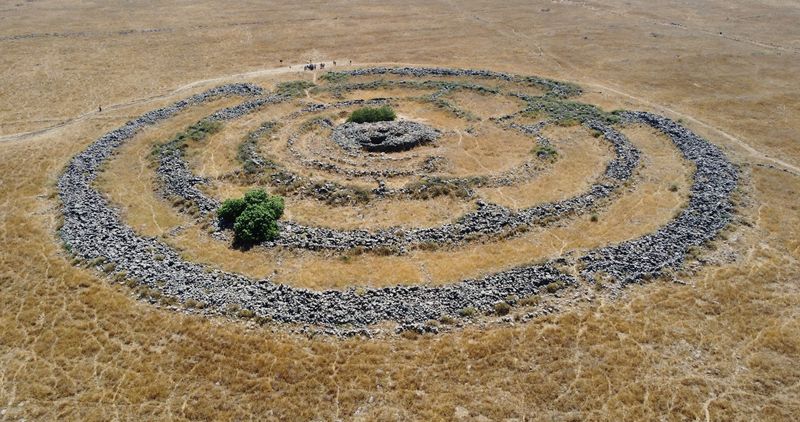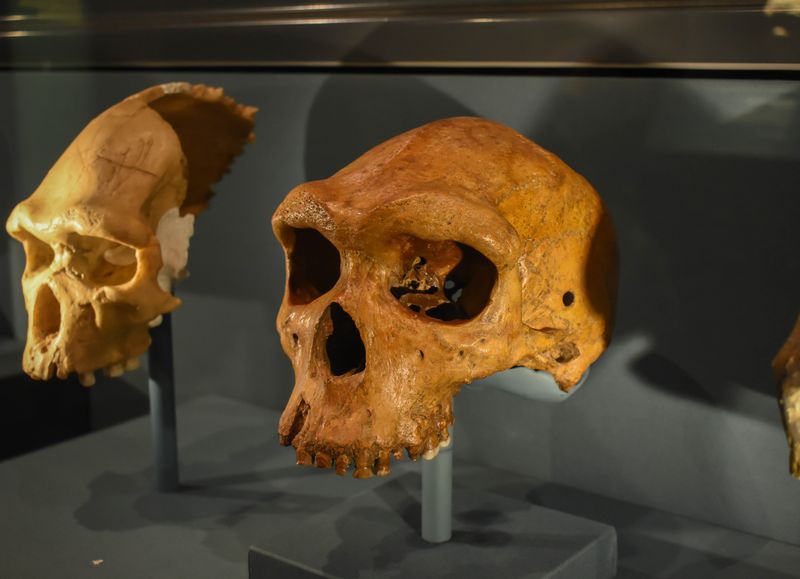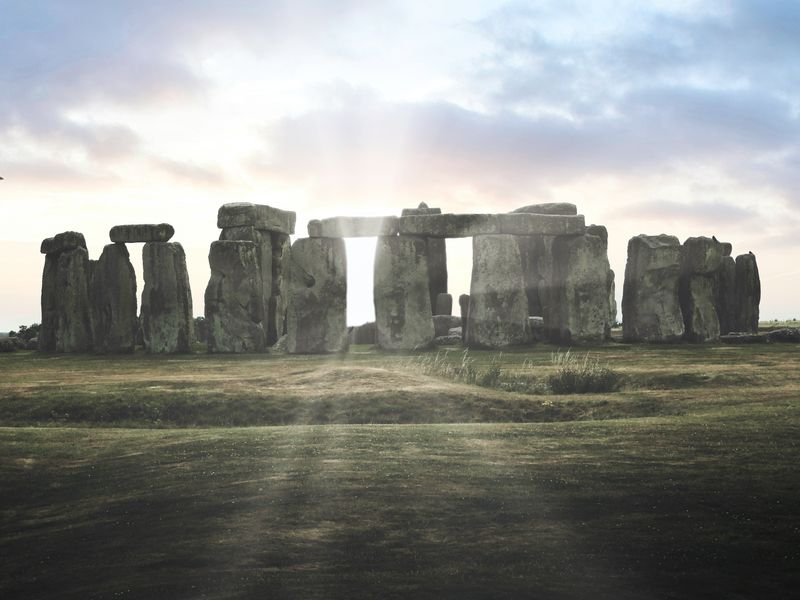The mystery surrounding one of the largest megalithic monuments in the Middle East has deepened significantly, as new research has just shattered the popular theory that the circular Rujm el-Hiri in the Golan Heights functioned as an astronomical observatory. Also known as the Wheel of Ghosts and the Levantine Stonehenge, this enigmatic labyrinthine structure is thought to be up to 5,000 years old, yet we’re back to square one in terms of understanding why it was built.
Originally uncovered in 1968, Rujm el-Hiri consists of a central cairn surrounded by multiple concentric circles made of basalt stones, connected via a series of radial walls. With a circumference of approximately 500 meters (1,640 feet) and a diameter of 150 meters (492 feet), the massive monument and its purpose have been subject of intense debate for more than half a century.
For instance, some archaeologists believe the Wheel of Ghosts served as a defensive fort, while others suggest it may mark the burial site of an important leader or political figure. Unfortunately, very few artifacts have been recovered from within the structure, which means researchers have virtually no clues to work with.
However, in 1998, a study came out that showed that Rujm el-Hiri’s symmetry axes and entrances were aligned to the directions of the solstices, equinoxes, Sirius, and other celestial bodies as they would have appeared in the Bronze Age sky. This led to the widespread belief that the ancient monument served as an astronomical observatory.
To investigate whether this was indeed the case, the authors of a new study analyzed the tectonic movements of the area around the Sea of Galilee over the past 150 million years. According to the researchers, “the tectonic blocks of northern Israel have continuously moved along an elliptical trajectory in a counterclockwise direction” at an average rate of between 8 and 15 millimeters (0.3 to 0.6 inches) per year.
As a consequence, Rujm el-Hiri is likely to have rotated by about 40 meters (131 feet) over the past 4,000 years, which means its axes, entrances, and other features were originally constructed far from their current location.
“The region’s integrated geophysical analysis […] reveals that the Rujm el-Hiri site has rotated counterclockwise and shifted from its original location by tens of meters,” write the study authors. “This means that the current orientation of the radial walls and entrances was not the same as ~4000–2000 BCE, and the speculations that they were aligned with celestial bodies of the past are not supported.”
“Therefore, Rujm el-Hiri was unlikely an observatory,” conclude the researchers.
Exactly why the enormous ring was built therefore remains a complete mystery, although it’s intriguing to note that earlier this year, archaeologists in Crete discovered a remarkably similar circular labyrinth from roughly the same period in history. Attributed to the Minoan civilization, this perplexing structure is just as mysterious as the Wheel of Ghosts, although researchers believe it may have acted as a ceremonial space where ritual offerings and feasts were conducted.
The study is published in the journal Remote Sensing.





